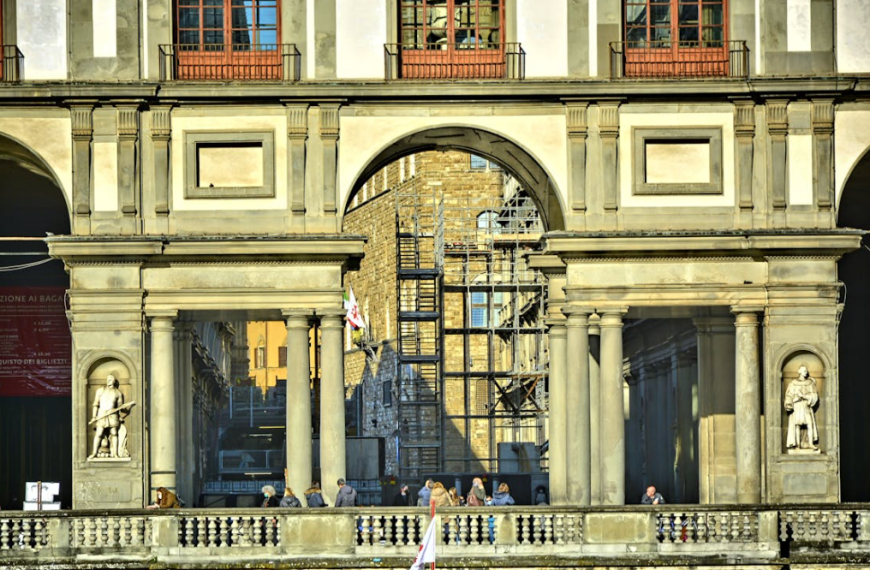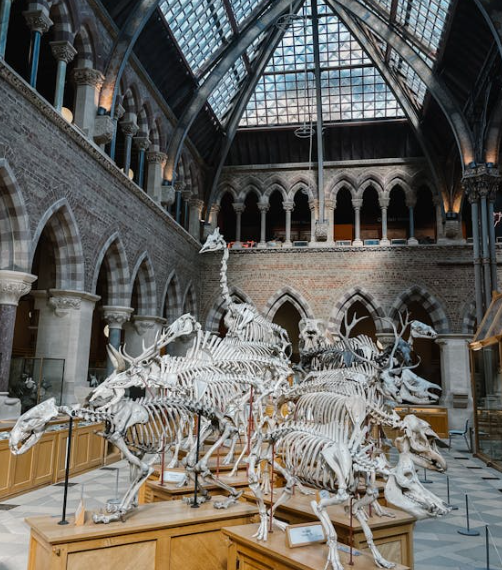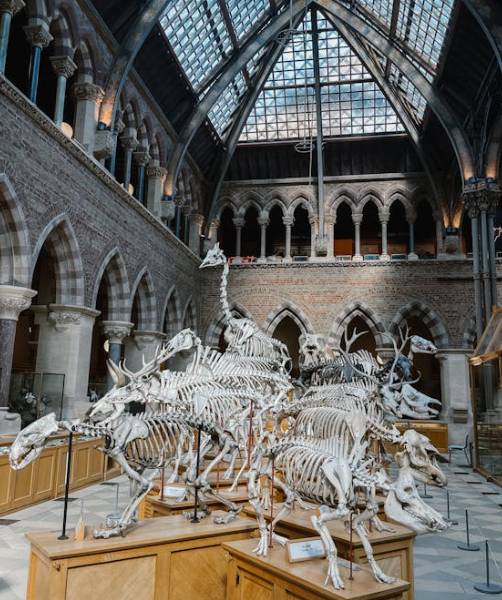Royal scandals have been happening for a long time. Even kings and queens face challenges in love, loss, and infidelity. Sometimes, they could avoid consequences because of their status. Although they claimed to rule by divine right, their human flaws often brought them down from their pedestal, giving people plenty to gossip about. Here are eight royal scandals that shook monarchies across Europe.
The Suspicious Death of Amy Robsart, 1560
Queen Elizabeth I of England never got married, but she had a favorite at court: Robert Dudley, the Earl of Leicester, who was also married. Christine Hartweg, who wrote about Amy Robsart’s life, says Dudley was famous across Europe because of his close relationship with the Queen.
Rumors about their relationship grew stronger when Dudley’s wife, Amy Robsart, died in 1560. She was found dead at the bottom of the stairs in her house with a broken neck at only 28 years old. The coroner said her death was an accident. Dudley didn’t go to his wife’s funeral, which made people wonder if he had something to do with her death. The Spanish ambassador to the English court even claimed that Dudley had talked about being in a different situation in a year, which made people think he wanted to marry Queen Elizabeth and had something to do with his wife’s death. Some believe that because of this scandal, Queen Elizabeth never married Dudley, even though he hoped she would for many years.
Count Philipp Christoph von Königsmark Disappears After Royal Affair, 1694
Princess Sophia Dorothea of Celle married her cousin, King George I of England, in 1682. Their marriage wasn’t happy, and she fell out with her mother-in-law and husband. She had a lover, Swedish Count Philipp Christoph von Königsmark, and they planned to escape together. But on the day they planned to leave, the count vanished and was never seen again. George divorced Sophia, who spent the rest of her life in prison. The count’s body was never found, leading to rumors that King George had him killed.
The Diamond Necklace Affair, 1784-5
A missing necklace led to trouble for Marie Antoinette of France. The necklace, worth 2,000,000 livres, was meant for Madame du Barry, a former king’s mistress. But the king died before paying for it, leaving the jewelers in debt.
Then came Jeanne de Valois-Saint-Rémy, who pretended to be a countess and claimed royal connections. She became the mistress of Cardinal de Rohan, who wanted to get back in Marie Antoinette’s good graces. Valois-Saint-Rémy tricked the cardinal into thinking she could help him by passing fake letters between him and the queen. In these letters, she asked the cardinal to lend her money to buy the necklace. She even set up a fake meeting between the cardinal and a prostitute pretending to be Marie Antoinette.
The cardinal bought the necklace, and Valois-Saint-Rémy sold the diamonds in London. But when he missed a payment, the jewelers went to Marie Antoinette, who had no idea about the necklace.
King Louis XVI and Marie Antoinette caught Valois-Saint-Rémy and her group. Valois-Saint-Rémy escaped from prison and spread rumors blaming Marie Antoinette. It was one of the many accusations that eventually led to Marie Antoinette’s execution by guillotine in 1793.
The Mayerling Incident, 1889
On January 30, 1889, the next in line to rule the Austro-Hungarian Empire was found dead in his hunting lodge in Mayerling with his young lover. Crown Prince Rudolf had shot Baroness Maria Vetsera before shooting himself, in what seemed like a murder followed by suicide. Rudolf’s father, Emperor Franz Joseph I, hid documents about the incident, but Rudolf’s wife, Crown Princess Stephanie, shared what she claimed was his final letter to her: “You are free from my troubles; be happy your own way…I calmly accept my fate.”
The Kotze Scandal, 1891
In just two years, another royal lodge saw a shocking scandal. In 1891, at Jagdschloss Grunewald, Princess Charlotte, sister of the German emperor Kaiser Wilhelm II, hosted parties where guests engaged in orgies. Details of these private events, including explicit drawings, were exposed in anonymous letters. Even the king’s own master of ceremonies, Leberecht von Kotze, was blackmailed. The emperor briefly jailed Kotze, who then challenged party guests to duels to uncover who betrayed him. Kotze died in one of these duels. Although historians suspect Princess Charlotte, the true whistleblower remains unknown.
Edward VIII’s Abdication, 1936
Edward VIII was the first English king to give up his throne willingly. He did this in 1936 because of the controversy surrounding his choice of future wife.
His fiancée, Wallis Simpson, was an American with two divorces, and she was still technically married to her second husband when she started seeing the heir to the British throne. The Church of England didn’t approve of remarriage after divorce, and Edward, as king, was also the head of the Church. This led Prime Minister Stanley Baldwin to threaten to resign if Edward married Simpson.
The debate over the King’s partner made headlines across Britain and was even discussed in Parliament. Edward gave up the throne on December 10, 1936. In a radio broadcast the next day, he explained that he couldn’t be king without the woman he loved.
Some experts suggest that the marriage issue was a cover for a more concerning problem: Edward’s support for the Nazis. After marrying Simpson in 1937, they honeymooned in Nazi Germany, where Edward met with top Nazi officials, including Hitler.
Juan Carlos I of Spain Shoots His 14-Year-Old Brother Dead, 1956
On March 29, 1956, 14-year-old Prince Alfonso of Spain was shot in the forehead by his own brother, 18-year-old Juan Carlos. Their father, Prince Juan, tried to save Alfonso, but he died. The death was called an accident, and no autopsy was done. After the burial, the king threw the gun into the ocean.
But this wasn’t the end of trouble for Juan Carlos. He gave up the throne in 2014 and left Spain in 2020 because of money scandals.
Queen Elizabeth’s ‘Annus Horribilis,’ 1992
Queen Elizabeth II called 1992 her “Horrible Year” after many bad things happened to the royal family. Prince Andrew, Princess Anne, and Prince Charles got divorced; Windsor Castle caught fire; and there were leaked phone calls and a shocking book about Prince Charles and Princess Diana’s marriage problems.
A book by Andrew Morton revealed that Camilla Parker Bowles was Prince Charles’s lover and talked about Princess Diana’s mental health struggles. “Morton’s book made the monarchy seem less perfect,” says Carly Ledbetter, a senior reporter at HuffPost who writes about the royal family. “It showed that the royal family is human and has problems, just like everyone else.”
Things got worse when private phone calls between Diana and her lover, James Gilbey, and between Charles and Camilla, were made public. The media made a big deal out of it, calling the scandals “Squidgeygate” and “Tampongate” based on details from the calls. “These scandals made people question whether Charles could be a good king one day,” says Ledbetter.










